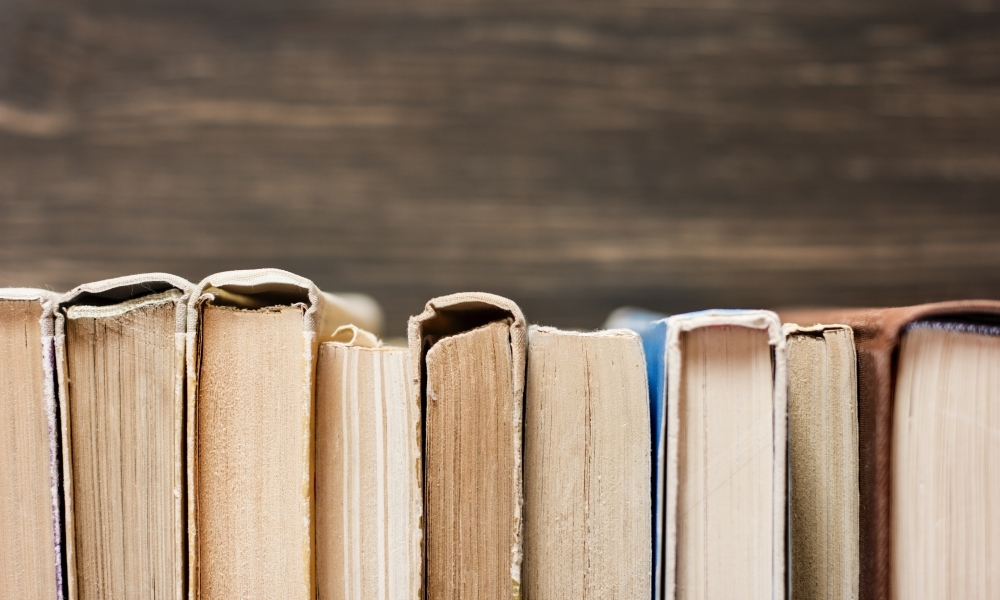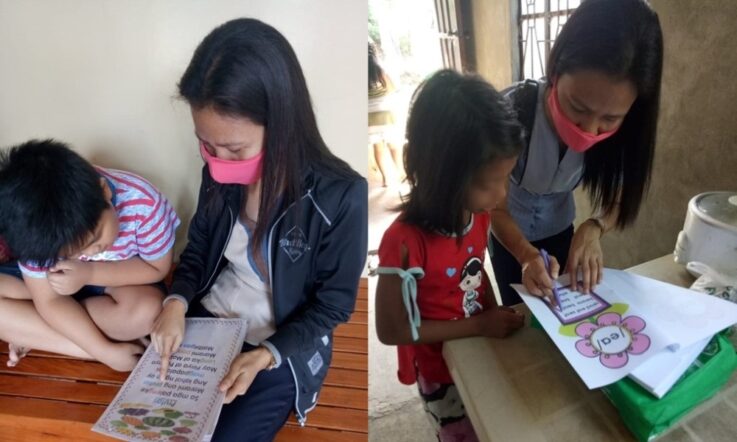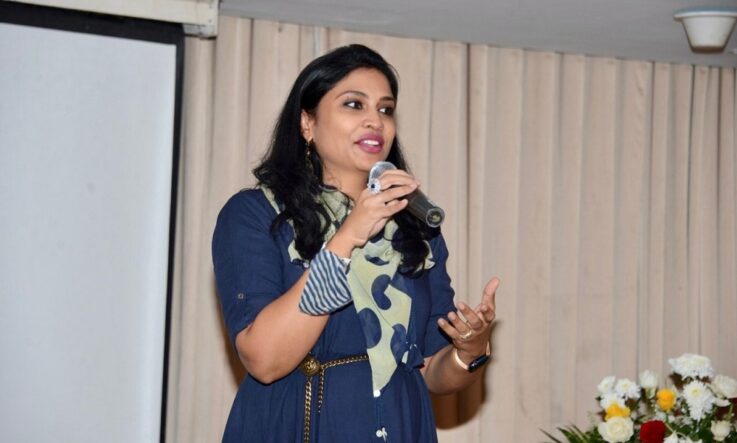As teachers know, there are back rooms in most schools that are replete with old copies of textbooks, battered novels, and random pages. The inspiration for this article comes from hours spent looking through old copies of well-worn titles in my own teacher storage closet, as well as the creative decisions of my wife, who is also a teacher. We have had conversations about invigorating language arts instruction with creativity, while thumbing through well-worn (and hopefully loved) copies of classroom novels.
While recycling for the benefit of the environment is always a go-to option, here are some creative ideas for what you can do with old book copies and other ephemera that will hopefully appeal to the booklover and artist alike.
Black out poetry
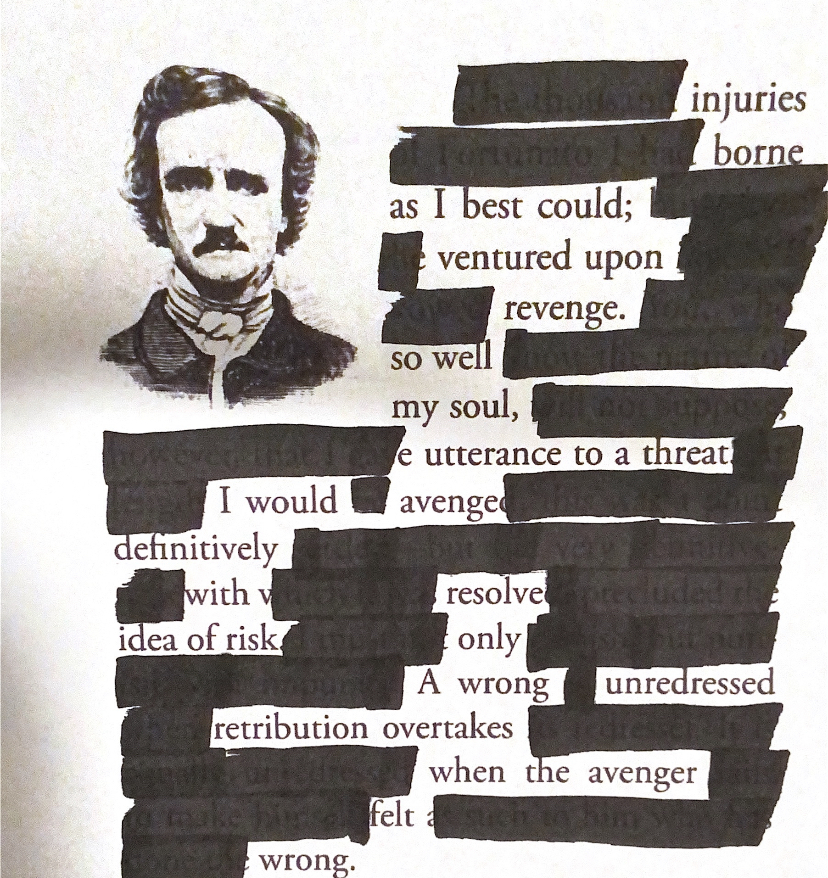
One of the first ideas that comes to mind when considering the tattered page is the ways in which a reader can transform said page into a new piece of work. Authors provide us with wonderful words and powerful artistic choices. By noting the words that can be reworked, students can take creative poetic steps.
Why is this beneficial? Sometimes the terror of the blank page stultifies even the most seasoned author. By having some words to work with from a tattered text copy, students can begin to see the ways that words are arranged by analysing the text for their own creative choices.
Student understandings of poetry are sometimes limited to the classic and difficult words of authors like Whitman, Emerson, and Shakespeare, among others. It is not only the case that students can benefit from encountering contemporary poetic voices in recent publications of stand-alone poems and verse novels (tip of the hat to Padma Venkatraman, Jasmine Warga, Jason Reynolds, Elizabeth Acevedo, KA Holt, and others), but it is also the case that fashioning poems from words found in texts can unlock verse composition for some students. The result can also be wonderful monochromatic hallway or classroom wall art.
Text collages
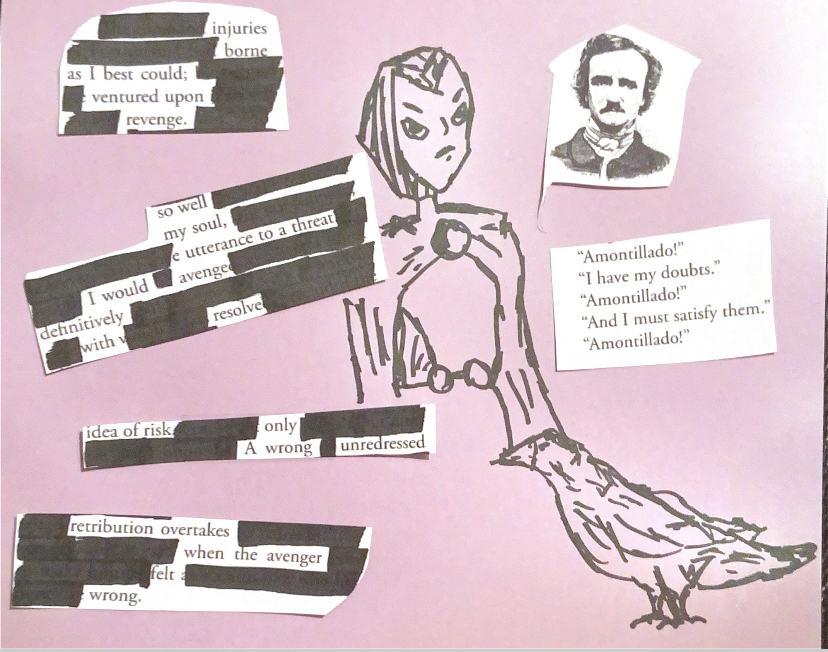
Taking this idea of refashioning ephemera a step further, students can move beyond blacking out words to arranging multiple text/tattered pages with glue, scissors, and other tools to compose cultural and reflective art pieces. A text collage can make use of multiple pages from the same book or perhaps even writing samples from a range of texts to compose a new product.
Students can be provided with texts surrounding a common theme (stories of survival or coming of age, for example), or students can arrange collages based on a variety of texts, old and new, from print outs to drawings to magazines. The classic pages of a tattered text, or the well-worn copies of an old workbook, can find new relationship with contemporary examples. Students can explore common themes or note the ways that different authors present linked content in an assortment of ways.
Hybrid works
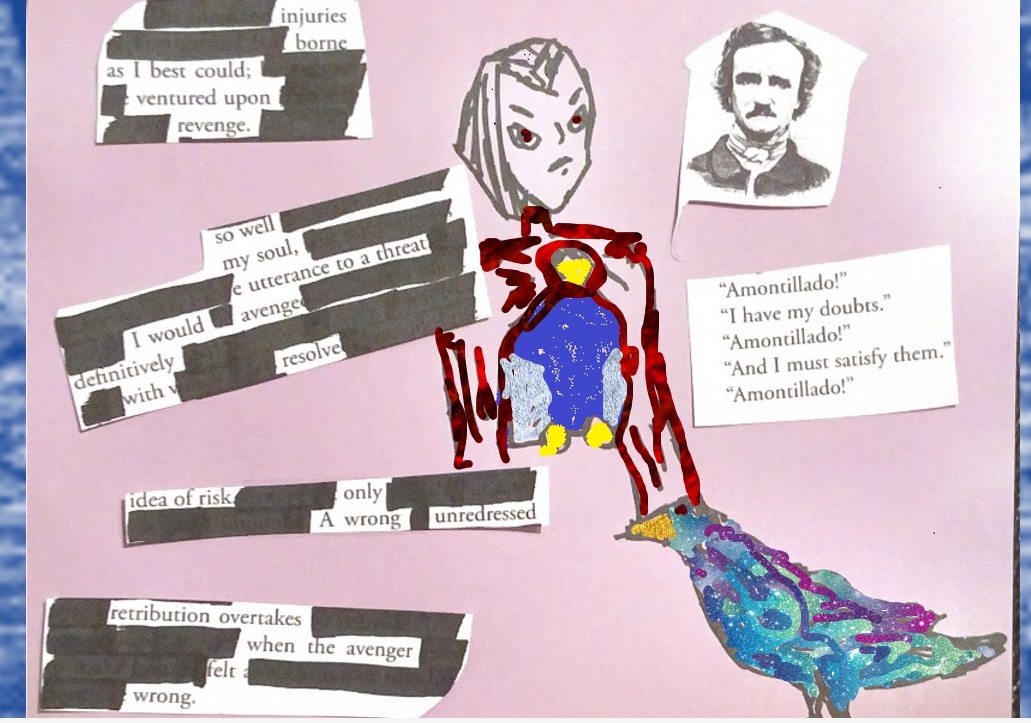
Beyond the page, scissors, and markers approaches, teachers can consider digital affordances by having students scan pages into a digital device and manipulate them using programs as simple as Paint or as complex as Photoshop. Taking on digital approaches means that students are not only considering the traditional printed page (though digitised), but also considering the design choices and editing tools offered by new literacies, as explored by scholars like Gunther Kress, Colin Lankshear, Jill Castek, and Jennifer Rowsell.
What is more, students can benefit from examining the traditional page and making choices about the elements they will include from texts. These choices can be based on the information they want to convey (and use digital tools to add to) from content area readings, building authentic purposes into digital literacy for school in a way that is not limited to a series of do’s and don’ts, or as a mere learning management system screen replacement for an activity that could just as easily be printed.
Scanning in a page is as easy as using a flatbed scanner or using the scanning function on mobile phone notes, and then Paint can be used to fill in, recolour, and reorient images as students decide how to juxtapose content to edit and compose messages.
In conclusion
While recycling is an honorable option (and one I exercise often), the pages that line the walls of many work rooms and spare spaces in schools can be repositories for finding new ways to use yesterday’s materials. From poetry to literary form criticism, to digital and visual methods, a few creative steps can lead to an invitation for students to explore and express ideas in vivid ways.
Consider the 3 projects suggested by Jason DeHart in today’s article. Which of these projects are you keen to try with your students? What new skills will students be learning by participating in these learning activities?
What do you currently do with copies of old books and textbooks that are in your classroom? Can you think of any creative ways that you could use them to enhance learning for students?
